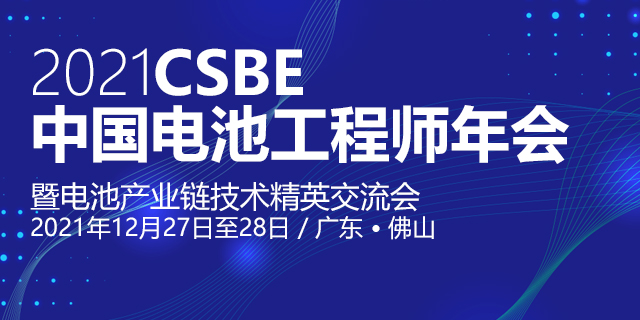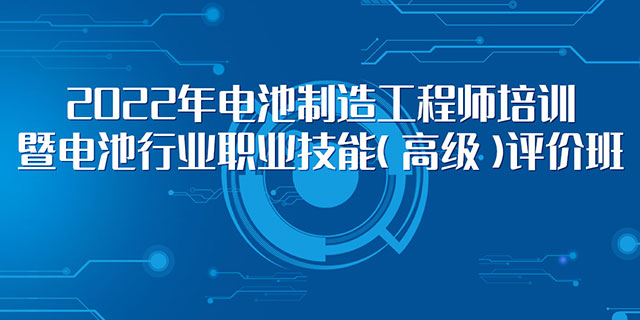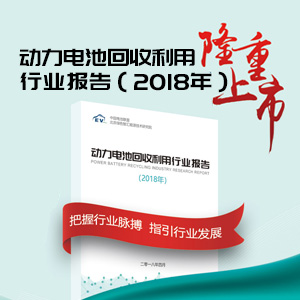新型傳感器有望利用唾液檢測血糖
時間:2014-07-17 13:18來源:cbcu 作者:日 光
點擊:
次

Brown大學科學家們創造了新的傳感器,成功地使用人工唾液測試其測量糖濃度的功效。新的傳感器由光源、金屬以及一個當暴露于血糖,會改變顏色的特殊酶組成。
眾所周知,糖尿病患者需要通過刺破手指采血來檢查血糖,并且每天需要重復多次。因此,研究人員正在尋找另一種測試血糖的可能性,結果發現唾液是可以用于測量血糖的另一種體液。
但是該傳感器目前無法得到廣泛使用,因為美國FDA批準過程將需要很長的時間,我們必須確認這個裝置如何可以準確用于檢測人類血糖,尤其對于那些大吃大喝的患者,因為這些患者唾液中含有大量物質,這很可能會污染測試樣品,影響測試結果。
研究結果發表在Nanophotonics雜志上。新型傳感器采用一種光源和金屬表面,其中金屬表面能干擾光擊中(接觸)樣品的方向,光“讀取”特異性酶如何對唾液存在的糖作出反應,以測量樣品中糖的濃度。
研究人員利用人工唾液測試了該傳感器,看看它如何工作(人工唾液沒有實際唾液中的潛在混合物,例如口腔中食品或飲料會改變測試結果)。結果發現該傳感器能夠檢測血糖水平,并且精確度很好。
Palmore說,下一步是使該設備便于攜帶,還需要利用真正的唾液測試傳感器,同時找到便宜的光源。此外在測試唾液樣品前,還需要某種沖洗劑洗漱測試者的口腔。比如漱口劑就可以去除口腔殘留食物或其他可能影響血糖讀數的污染物。
詳細英文報道:
A new type of sensor for people with diabetes is being developed to measure
sugar levels in the body using saliva instead of blood, researchers report.
Scientists at Brown University in Providence, R.I., created the sensor and
successfully tested it using artificial saliva. It uses light, metal and a special
enzyme that changes color when exposed to blood sugar.
"Everybody knows that diabetics have to prick their fingers to draw blood to
check their blood sugar and then respond to that information. And they have to
do that multiple times a day," said study co-author Tayhas Palmore, a professor
of engineering, chemistry and medical science at Brown.
"We're looking for another possibility, and realized that saliva is another bodily
fluid that could be measured," Palmore said.
This idea is a welcome one, said Dr. Joel Zonszein, director of the Clinical
Diabetes Center at Montefiore Medical Center in New York City. "People are always
trying to come up with new ideas of how to measure blood sugar without pricking
the fingers."
The sensor won't be available anytime soon, however. "The process of [U.S. Food
and Drug Administration] approval will take a long time, and we have to see how
accurate this device is in humans, especially humans who are eating and drinking,
which will possibly contaminate the sample," Zonszein said.
Findings from the study, which received funding from the National Science
Foundation, were published recently in the journal Nanophotonics.
To check their blood sugar—or glucose—levels, people with diabetes—especially
those who need insulin—must prick one of their fingers to draw a drop of blood. The
blood is put on a test strip that goes into a blood sugar meter. They are supposed to
repeat this procedure four times a day, according to the American Diabetes Association.
The results of the blood sugar tests guide treatment, with diabetes patients often
adjusting medication or insulin levels based on the test reading to maintain
acceptable glucose levels.
The Brown researchers realized that saliva also contains glucose, though in much
lower quantities.
The new device uses light and a metal surface that interferes with the way light hits
a sample, Palmore said. The light "reads" how a special enzyme reacts to the
presence of sugar in saliva to measure the concentration of sugar in a sample.
The researchers tested the sensor on artificial saliva to see how well it works
without the potential complications found in real saliva. For example, food or drinks
could alter the results. The sensor was able to detect sugar levels with high accuracy,
they said.
Palmore said the next step is to make the device portable, hopefully small enough to
fit in your hand. They also need to test it on real saliva, and find inexpensive light sources.
Palmore said the researchers are also working on ways to measure insulin levels in the
body.
Some sort of rinse for use before testing a saliva sample is also needed. A mouthwash
could remove food or other contaminants that might affect the glucose reading, according
to Palmore.
"Just because there is an established way of measuring blood sugar, doesn't mean it's
the only way," said Palmore. "This is a priority area of research for many people. There's
some hope that you may not have to prick yourself every couple of hours."
Zonszein added that the idea of searching for alternatives is a good one. "But to apply
that from the lab to human clinical trials is still very far away," he said.
(責任編輯:admin)
文章標簽:
免責聲明:本文僅代表作者個人觀點,與中國電池聯盟無關。其原創性以及文中陳述文字和內容未經本網證實,對本文以及其中全部或者部分內容、文字的真實性、完整性、及時性本站不作任何保證或承諾,請讀者僅作參考,并請自行核實相關內容。
凡本網注明 “來源:XXX(非中國電池聯盟)”的作品,均轉載自其它媒體,轉載目的在于傳遞更多信息,并不代表本網贊同其觀點和對其真實性負責。
如因作品內容、版權和其它問題需要同本網聯系的,請在一周內進行,以便我們及時處理。
QQ:503204601
郵箱:cbcu@www.astra-soft.com
凡本網注明 “來源:XXX(非中國電池聯盟)”的作品,均轉載自其它媒體,轉載目的在于傳遞更多信息,并不代表本網贊同其觀點和對其真實性負責。
如因作品內容、版權和其它問題需要同本網聯系的,請在一周內進行,以便我們及時處理。
QQ:503204601
郵箱:cbcu@www.astra-soft.com
猜你喜歡
-
商用無人機用新型鋰電池問世
2017-01-20 16:55 -
續航提高兩倍 韓國光科院研發新型鋰電池
2017-01-13 15:26 -
新發現:新型太陽能電池/織物/滴電流
2016-12-06 17:21 -
韓研發新型隔離膜 電池邁向下一代
2016-08-02 14:18 -
鋰電池短期供需平衡,下半年有望高速增長
2016-05-19 13:53 -
新型硅陽極可取代石墨 提升鋰電池容量和壽命
2015-10-28 10:44 -
中科大發現硒硫固溶體——新型鋰硫電池正極材料
2015-10-27 15:54 -
新型制冷涂料可提高太陽能電池效率
2015-09-23 14:10 -
新型電池能助可穿戴設備融入大眾生活
2015-09-06 11:11 -
新型透明太陽能玻璃電池 讓窗戶為大樓供電
2015-08-13 13:29
|
|
|
|
|
|
|
|
|
|
|
|
|
|
|
專題
相關新聞
-
商用無人機用新型鋰電池問世
2017-01-20 16:55 -
續航提高兩倍 韓國光科院研發新型鋰電池
2017-01-13 15:26 -
新發現:新型太陽能電池/織物/滴電流
2016-12-06 17:21 -
韓研發新型隔離膜 電池邁向下一代
2016-08-02 14:18 -
鋰電池短期供需平衡,下半年有望高速增長
2016-05-19 13:53 -
新型硅陽極可取代石墨 提升鋰電池容量和壽命
2015-10-28 10:44 -
中科大發現硒硫固溶體——新型鋰硫電池正極材料
2015-10-27 15:54 -
新型制冷涂料可提高太陽能電池效率
2015-09-23 14:10
本月熱點
-
2020年鋰電池行業研究報告
2021-05-11 11:24 -
突發|深圳一鋰電企業停止經營、解散員工!
2021-05-11 10:02 -
4月我國動力電池裝車量同比上升134.0%
2021-05-13 08:26 -
如何看待Pack內鐵鋰和三元混用
2021-06-01 09:25 -
可充電中性鋅空氣電池:進展,挑戰和未來
2021-05-19 10:59 -
揭開贛鋒鋰業的家底
2021-06-03 09:46 -
“電池荒”來襲,生產純電動汽車的車企要被卡脖子了?
2021-06-01 21:22 -
關于征集《鋰離子電池用連續式真空干燥系統技術規范》等兩項行業標準的函)征求意見程序
2021-05-31 22:53
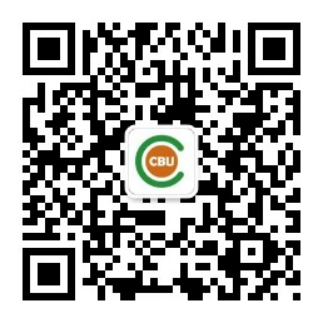 企業微信號
企業微信號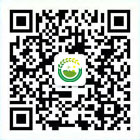 微信公眾號
微信公眾號







